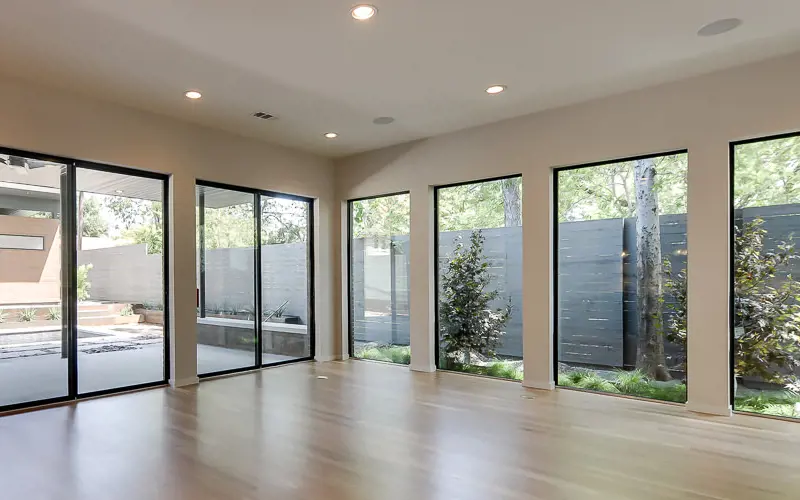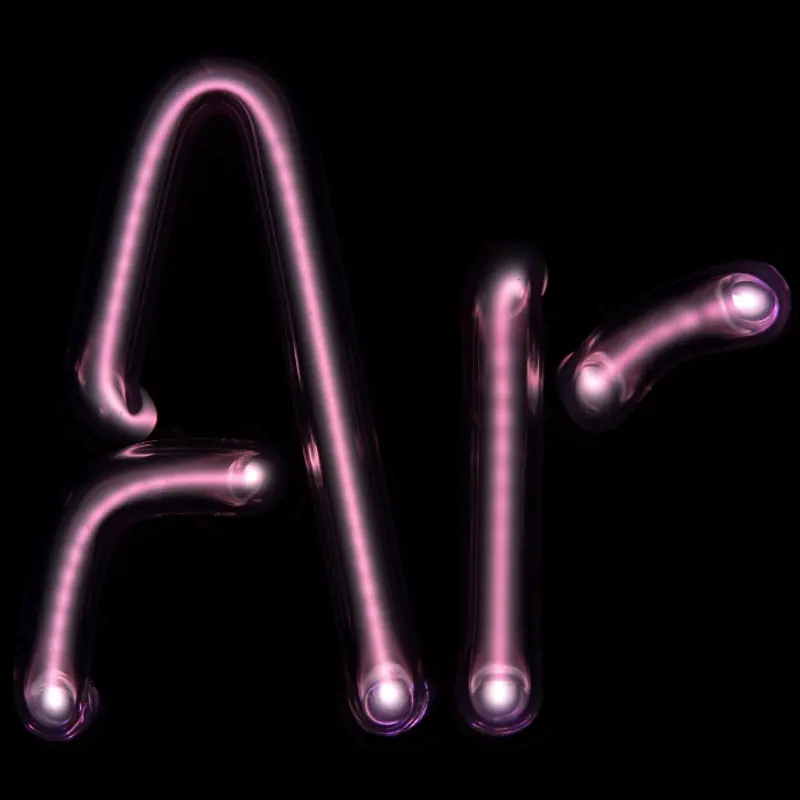
NFRC Window Ratings Explained
Energy efficiency is a major consideration in choosing replacement windows. One of the best tools for comparing the energy performance of windows is the National Fenestration Rating Council’s↗ (NFRC) certification label. NFRC labels provide information that allow homeowners to clearly compare the energy efficiency of windows.
Read on to learn what is included in NFRC ratings.
Who is the NFRC?
The NFRC is the independent organization that certifies energy performance ratings for fenestration products. Fenestration products include windows, doors, and skylights–all products that cover the openings in the walls of our homes. As a trusted non-profit organization, the NFRC helps homeowners compare products and make informed purchasing decisions.
What is a NFRC rating?
The NFRC provides three to five individual ratings on its labels. These ratings let you know how the window performs in each of the categories. Much like mileage stickers on cars, NFRC labels help you compare energy ratings across similar products.
Although NFRC ratings measure energy performance, they are different from ENERGY STAR ratings. ENERGY STAR is a government program that identifies products that meet strict energy criteria set by federal agencies. In most cases ENERGY STAR criteria is more strict than local energy codes but that’s not always the case. While ENERGY STAR labels let you know you’re purchasing an energy-efficient product, NFRC labels go a step further by providing the details you’ll need to compare the efficiency of products side-by-side.
NFRC ratings allow consumers to:
- Compare energy-efficiency values on different products
- Verify how a product will perform in their climate zone
- Make informed decisions about expensive investments
How do you read a NFRC label for windows?
When your windows arrive, each will have a label on the exterior of the glazing (glass) as long as it is an NFRC certified product. NFRC labels for windows include ratings for U-factor, Solar Heat Gain Coefficient (SHGC), Visible Light Transmittance (VT), and optionally Air Leakage (AL) and Condensation Resistance (CR).

Image Credit: NFRC
NFRC Ratings Explained
1. U-FACTOR
U-Factor is a value of heat flow. For windows, it’s a measure of how well the window will prevent heat from escaping a room. A low number means the window is less likely to allow heat to escape.
Range: 0.20 - 1.20
Tip: This number is important in regions with extreme winters. Look for a low number to reduce the amount of heat lost through windows on days when you’re running your heater.
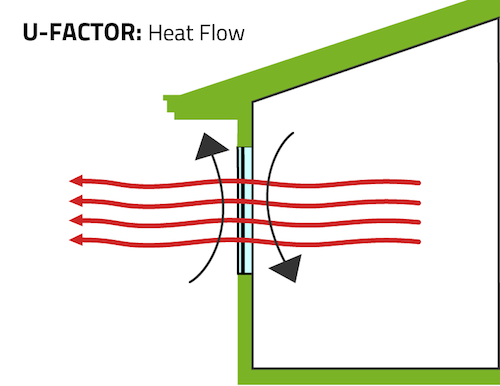
Image Credit: Brennan Enterprises
2. SOLAR HEAT GAIN COEFFICIENT
SHGC tells us how well a window can resist heat gain. Specifically, it measures how much solar radiation is admitted through a window.
Range: 0 - 1
Tip: This number is important in hotter regions. Look for a low number to reduce the amount of heat gained through your windows on days when you’re running your air conditioning.

Image Credit: Brennan Enterprises
3. VISIBLE TRANSMITTANCE
VT indicates how much visible light is transmitted through a window. It tells us how well a product is designed to light a home with natural light.
Range: 0 - 1
Tip: To maximize natural light look for high numbers. Reducing reliance on artificial lighting can potentially save you money.

Image Credit: Brennan Enterprises
4. AIR LEAKAGE
The air leakage rating tells us how much air will enter a room through the window. A lower number indicates less air will pass through cracks in the window assembly.
Range: 0.1 - 0.3
Tip: This rating value must be 0.30 or less but may not always be found on the label.

Image Credit: Brennan Enterprises
5. CONDENSATION RESISTANCE
Windows are prone to condensation but the NFRC’s condensation resistance rating measures how well a window will resist the formation of condensation on the inside surface.
Range: 1 - 100
Tip: The higher the number the better the window will resist condensation.
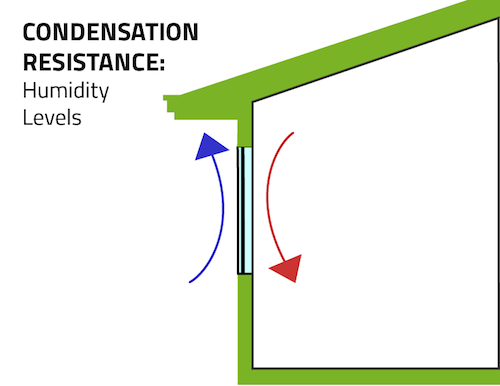
Image Credit: Brennan Enterprises
What is a good NFRC rating?
The most important part of your NFRC rating is making sure that it meets your local energy standards. You can check with your county to see exactly what is required or you can use ENERGY STAR’s criteria which usually exceeds local codes.
Recommended Performance Ratings by ENERGY STAR Climate Zones
ENERGY STAR sets criteria for U-Factor and SHGC ratings, use the map below to see which climate region you’re located in and find your window energy performance criteria below.
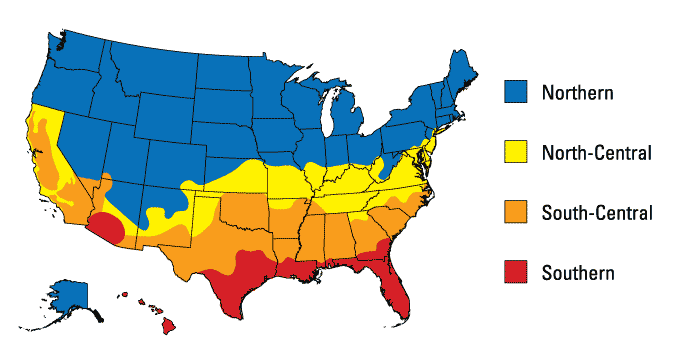
Image Credit: ENERGY STAR
|
WINDOWS ENERGY STAR CRITERIA |
||
|
Climate Zone |
U-Factor |
SHGC |
|
Northern |
≤ 0.27 |
Any |
|
Northern-Central |
≤ 0.30 |
≤ 0.40 |
|
South-Central |
≤ 0.30 |
≤ 0.25 |
|
Southern |
≤ 0.40 |
≤ 0.25 |
Where can I find a list of NFRC ratings?
The NFRC website allows you to search their directory for NFRC ratings↗.
The Efficient Windows Collaborative also has a really great tool available to help you pick the right windows for your home: Window Selection Tool↗
If you’re shopping for replacement windows and aren’t sure how else to compare value, the NFRC’s energy performance rating is a great resource. While this information is available online from the NFRC, your window dealer should also be able to provide you with NFRC ratings for the windows you’re considering.
Oops!
We don't currently serve your area but do want to help you plan your project. Try our Build & Price tool to get an idea of window & door costs within DFW. Your area may be higher or lower but at least you'll have some idea of the price.
Thanks for stopping by.




